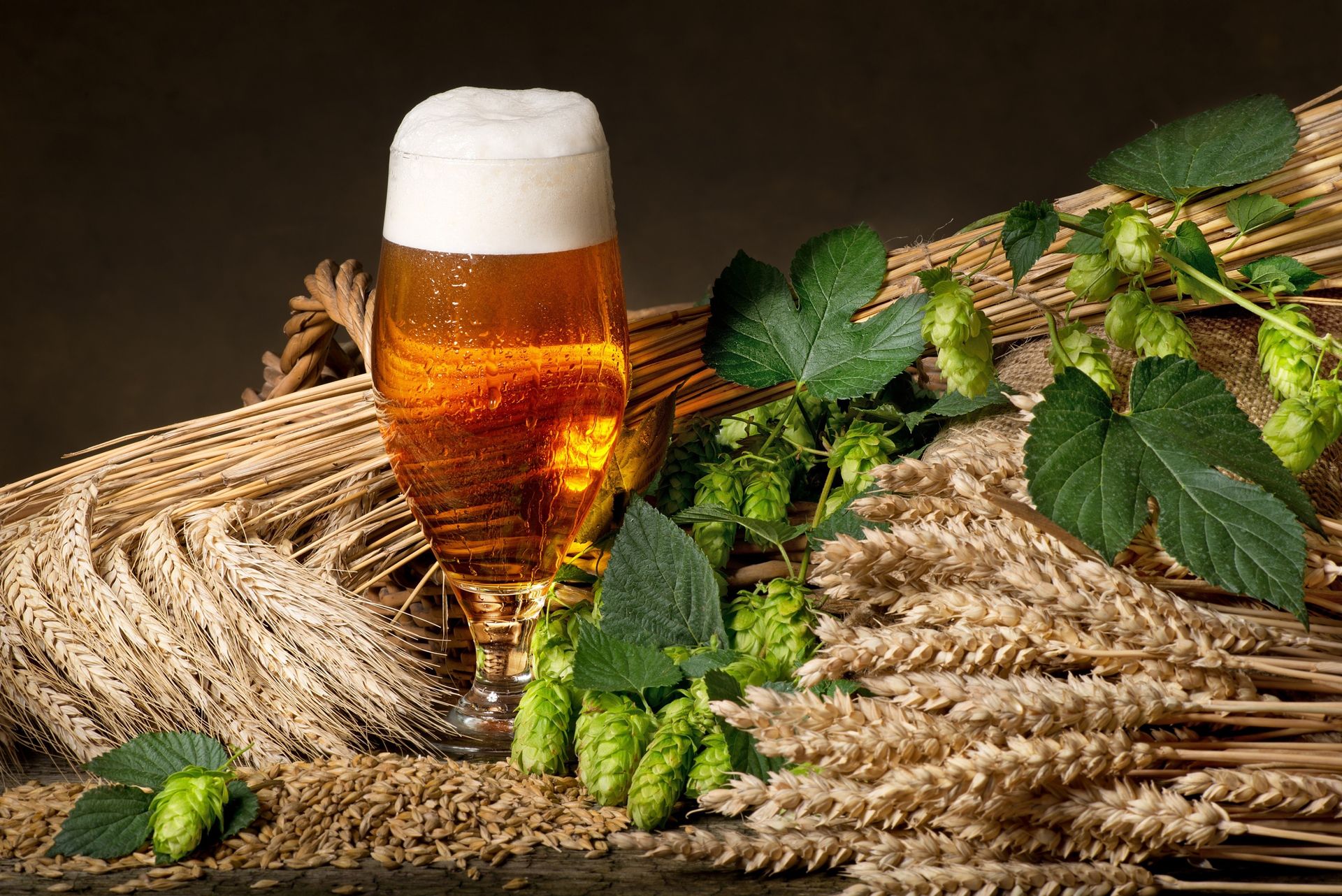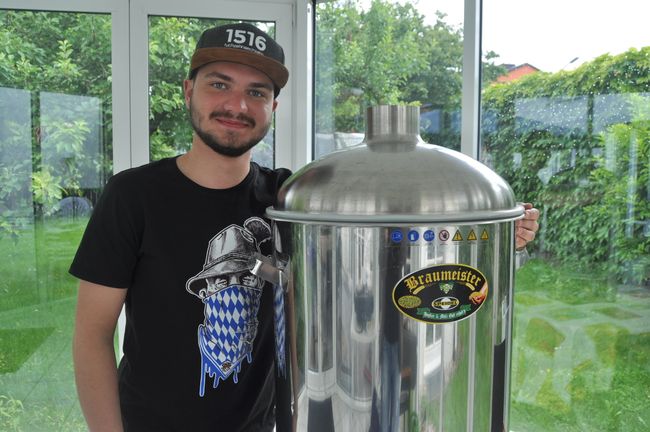New Glarus Brewing Company (3)
បោះពុម្ពផ្សាយ: 01.03.2019
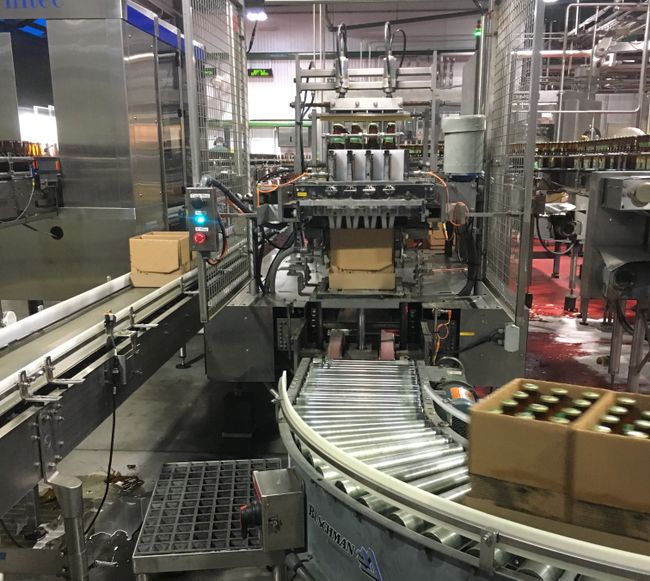
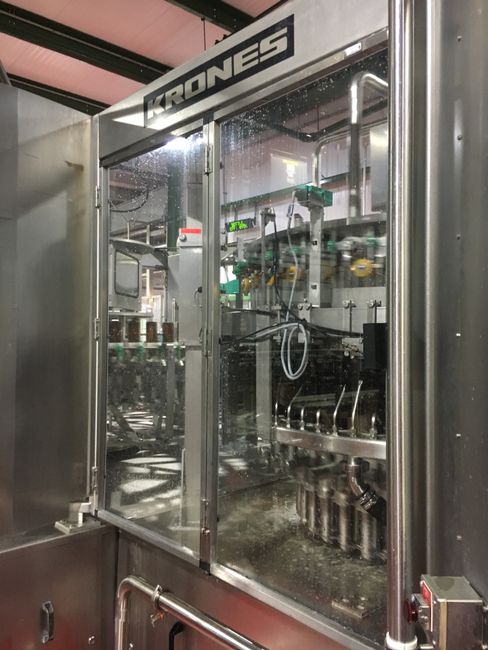
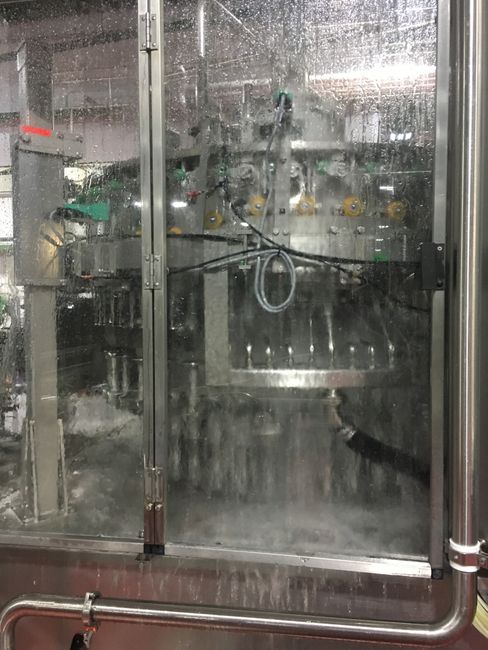
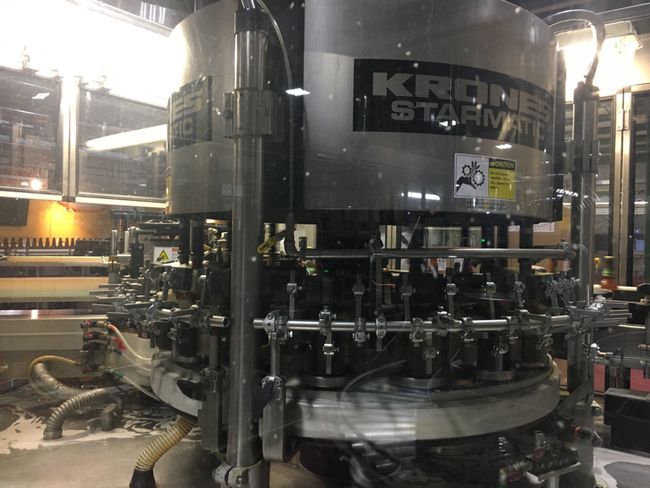
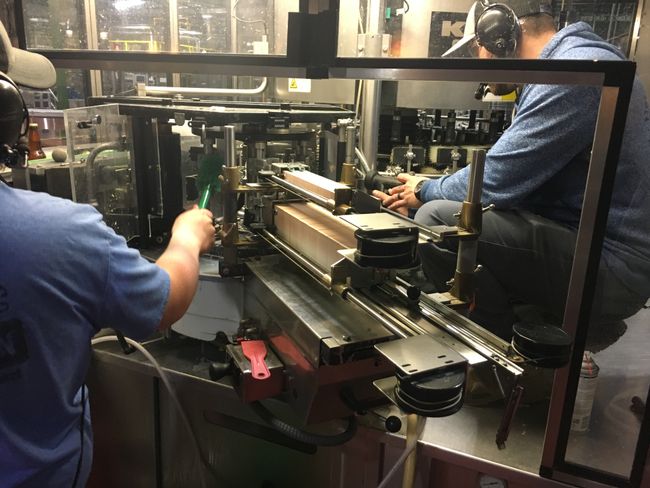
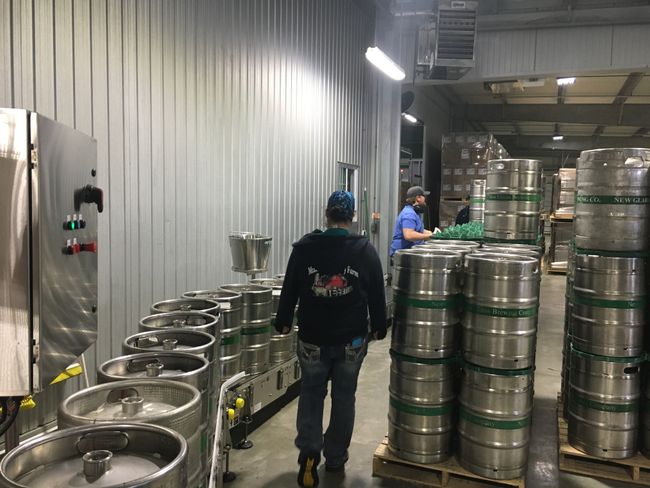
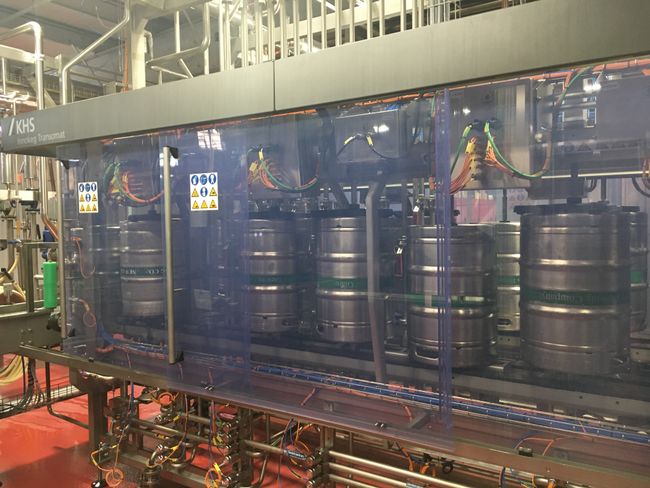
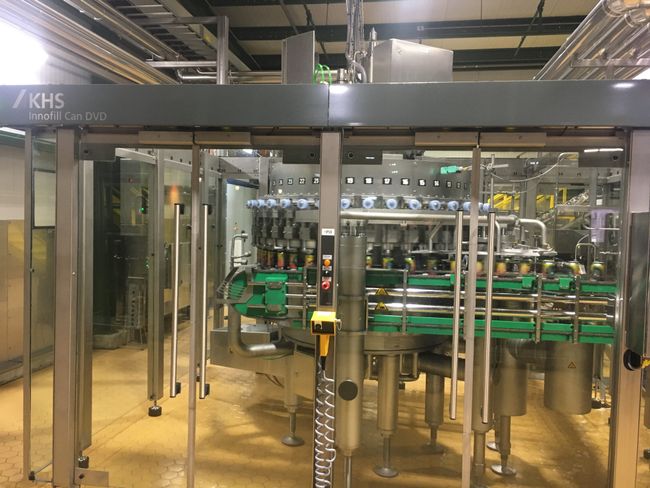
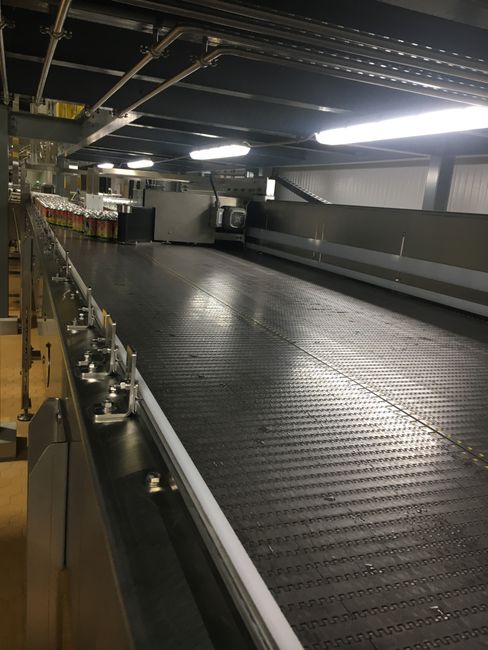
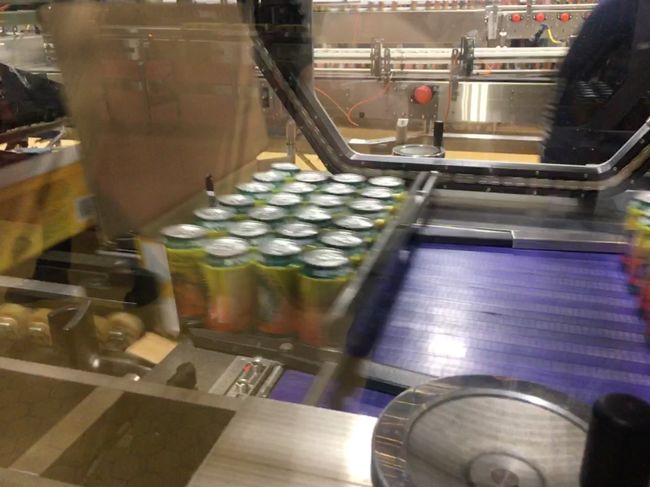
ជាវសំបុត្រព័ត៌មាន
Now it was time for the packaging area, consisting of bottle fillers, can fillers, and keg fillers.
Starting with the bottle filling station, there are some differences. The most noticeable difference is that no one is drinking (not even secretly 😉🍻). Since there is no reusable system in America, they fill everything in new glass bottles, which are delivered in packaging cardboard boxes. The bottles then only go through a rinser and are rinsed with water only. Then they are filled with a 23,000 bottles/hour Krones filler with double pre-evacuation. The labeler is also from Krones. Every hour, the filler is sprayed with disinfectant and water for 3 minutes, and every 2 hours, it is intensively rinsed with water, disinfectant, and water for 8 minutes.
At the keg station, the kegs have to be placed by hand. After the external washer, there is a brand-new KHS Innokeg Transomat with 2 lines for cleaning and filling the kegs (8hl CIP next to it). The beer information and the cap have to be placed manually by the operator. Since the (cloudy) cow was running that day, the barrels were placed upside down on the pallet so that the beer would become cloudy again when turned over for serving (due to settled yeast, etc.).
I haven't worked with cans before. Here, there was a brand-new KHS filler that fills 30,000 cans per hour. The whole system is only 3 years old and runs great. The cleaning process was the same as with the bottle filler.
Another great feature in the packaging area was that (almost) everyone rotates their position within and between the bottle-can-keg areas every hour. This makes it very pleasant and you may notice something that the previous person overlooked. It also gave me a good overview of every job in the packaging area.
ជាវសំបុត្រព័ត៌មាន
ចម្លើយ
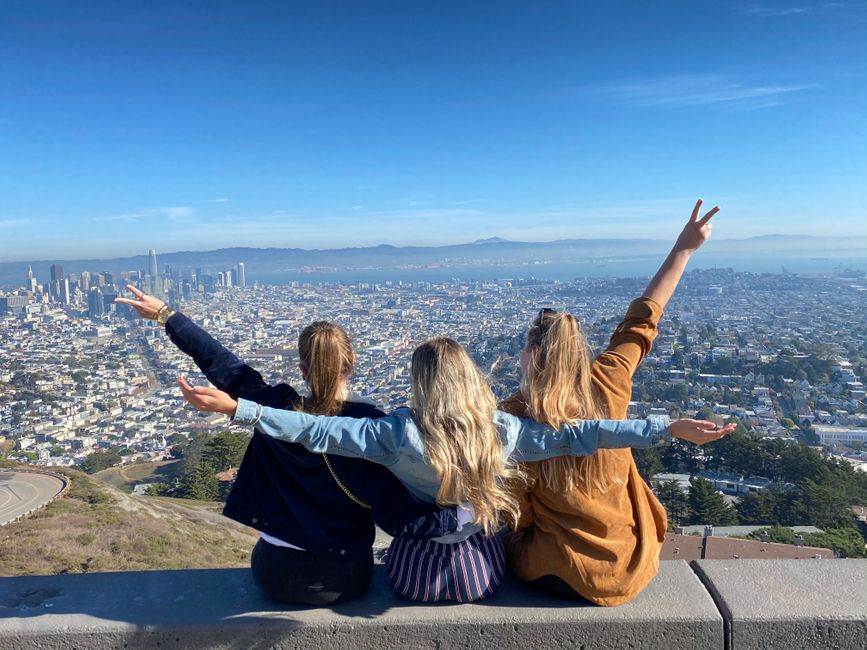
របាយការណ៍ធ្វើដំណើរ សហរដ្ឋអាមេរិក
